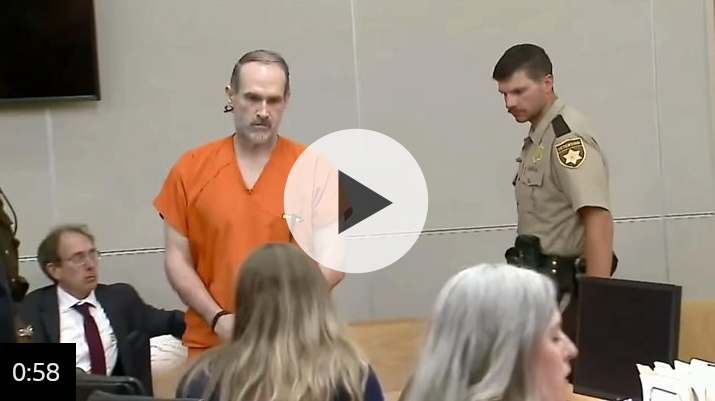South Carolina Inmate Opts for Firing Squad Execution in 2025
In a chilling decision, Brad Sigmon, a death row inmate in South Carolina, has chosen to face a firing squad for his execution, scheduled for March 7, 2025. Sigmon, now 67, was convicted in 2001 for the brutal murders of his ex-girlfriend’s parents, who were beaten to death with a baseball bat in their Greenville County home. The crime unfolded after Sigmon’s failed attempt to kidnap his former partner, ultimately leading him to commit the heinous act to prevent her from moving on with someone else. His chilling statement, “I couldn’t have her, I wasn’t going to let anybody else have her,” underscores the tragic and possessive mindset that drove his actions.
Sigmon’s choice of execution method is rare, as firing squads have been used only three times in the United States since 1977. This decision has reignited debates over the ethics and humanity of capital punishment, particularly in South Carolina, where the death penalty remains a contentious issue. Sigmon’s attorney, Gerald “Bo” King, has been vocal in his criticism, calling the state’s approach to executions “barbaric” and “state-sanctioned atrocity.” King argues that the very nature of the death penalty, including the method chosen, is inherently cruel and unjust, reflecting a system that prioritizes retribution over rehabilitation or fairness.
The case has drawn significant attention not only for its gruesome details but also for the broader implications it raises about the death penalty in modern society. Critics like King emphasize that the process of execution, regardless of the method, is a reflection of systemic flaws and moral failings within the justice system. Sigmon’s decision to opt for a firing squad, a method often associated with historical executions, adds a layer of historical and cultural significance to the debate. It forces society to confront the uncomfortable reality of state-sanctioned killing and the psychological toll it takes on all involved, from the condemned to the executioners.
As the execution date approaches, the case continues to spark conversations about justice, morality, and the role of the death penalty in contemporary America. While some view Sigmon’s choice as a final act of defiance, others see it as a grim reminder of the irreversible consequences of violent crime. The debate over whether the death penalty serves as a deterrent or merely perpetuates cycles of violence remains unresolved, with advocates on both sides passionately defending their positions. Sigmon’s case, with its dramatic and tragic elements, serves as a microcosm of these larger societal questions.
Ultimately, Brad Sigmon’s story is one of tragedy, loss, and the complexities of justice. His crimes left a lasting scar on the victims’ families and the community, while his impending execution raises profound ethical questions about the state’s role in administering punishment. As South Carolina prepares to carry out its first firing squad execution in decades, the nation watches, grappling with the moral and legal dilemmas that such cases inevitably bring to the forefront. Whether this execution will bring closure or further controversy remains to be seen, but it undeniably underscores the enduring and divisive nature of the death penalty in America.



